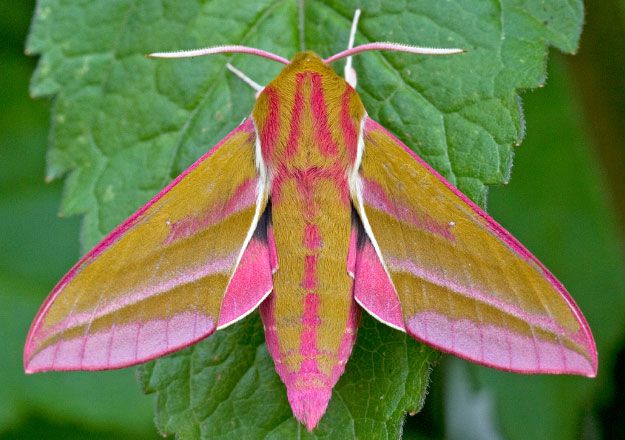- info@sirhowyhillwoodlands.co.uk
- Thomas Ellis Way, Tredegar NP22 4QF
- About Us
- Get involved
- Visit Us
Visit Tredegar & our Woodlands
Come and visit us!
Sirhowy Hill Woodland
Thomas Ellis Way
Tredegar
Blaenau Gwent
NP22 4QF - Wildlife
- Woodland Shop
Latest and greatest products, direct from our
Woodland Shop
Sourced from the Woodlands and the local community.
You have
item(s) in your bag
- Home
- /
- Blog
- /
- Animals & Wildlife
- /
- Moths
- /
- Elephant Hawk Moth

Scientific name: Deilephila elpenor
Elephant Hawk Moth
May to early August. This pink and olive-green moth is named after the caterpillar’s resemblance to an elephant’s trunk.
The adults are nocturnal, flying from dusk and coming to light, resting by day amongst its foodplants. They feed from honeysuckle (Lonicera) and other tubular flowers on the wing.
The larvae are usually seen when looking for somewhere to pupate, or when resting on stems in good weather, as they are very large, with noticeable eye markings. They overwinter as pupae in fragile cocoons at the base of plants in loose plant debris/litter, or just below the surface of the ground.
What does the Elephant Hawk Moth eat?
The Elephant Hawk Moth eats rosebay Willowherb (Epilobium angustifolium), other willowherbs, bedstraws (Galium), Enchanter’s Nightshade, fuchsias and Himalyan Balsalm.
What habitat does the Elephant Hawk Moth live in?
The Elephant Hawk Moth lives in a variety of habitats, often where Rosebay Willowherb is present, such as rough grassland, waste ground and clearings, hedgerows, heathland, sand dunes, woodland (rides and clearings) and gardens.
What family does the Elephant Hawk Moth belong to?
The Elephant Hawk Moth belongs to the Sphingidae family.

Click to view more
Statistics
Scientific Name
Deilephila elpenor
Location
England, Wales, Scotland and Ireland
Size
Medium sized
Wingspan Range: 45-60mm
Population
Very widely and well distributed throughout England and Wales.

Other Wildlife







